The Fly Fishers offers a large selection of fly fishing tippet and spools of leader and tippet materials from popular brands including Scientific Anglers, RIO, Orvis, and Umpqua. Browse fluorocarbon, nylon, and wire bite tippets for sale in a range of strengths, sizes, lengths, and materials.
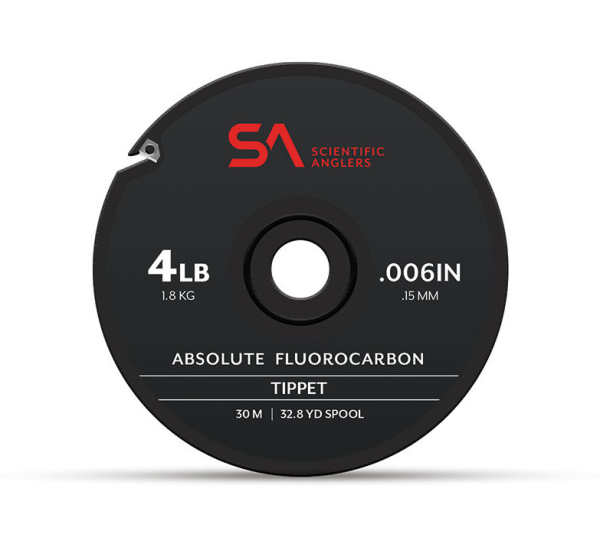
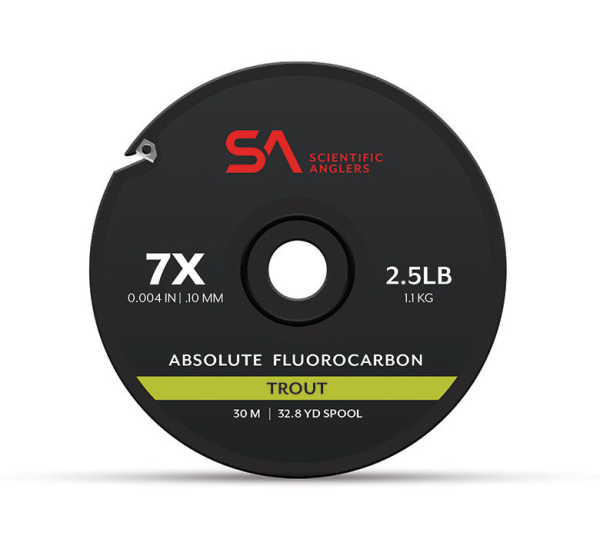
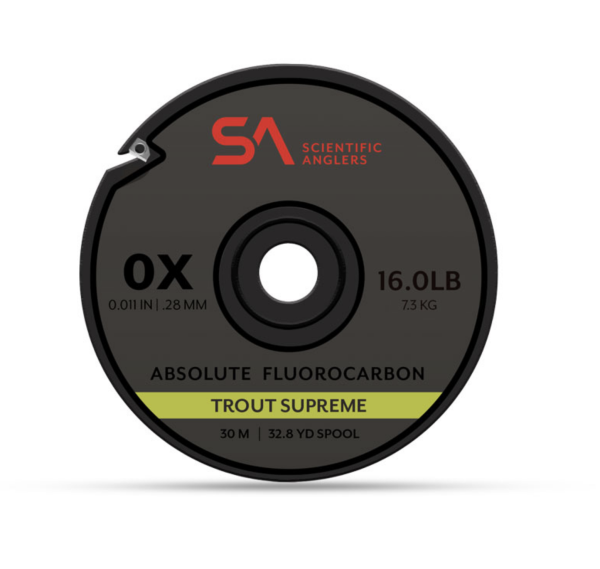
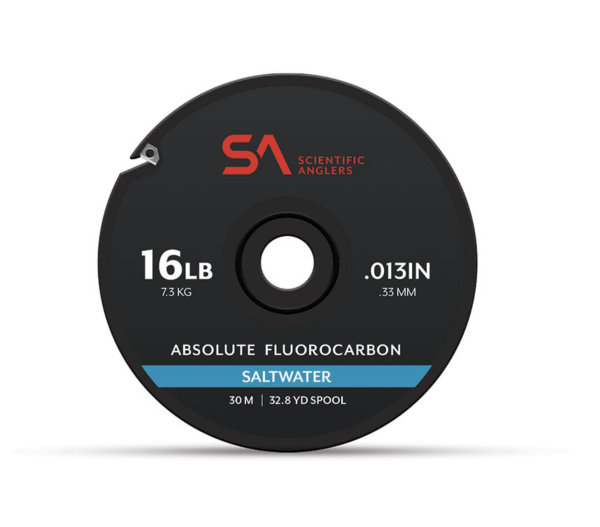
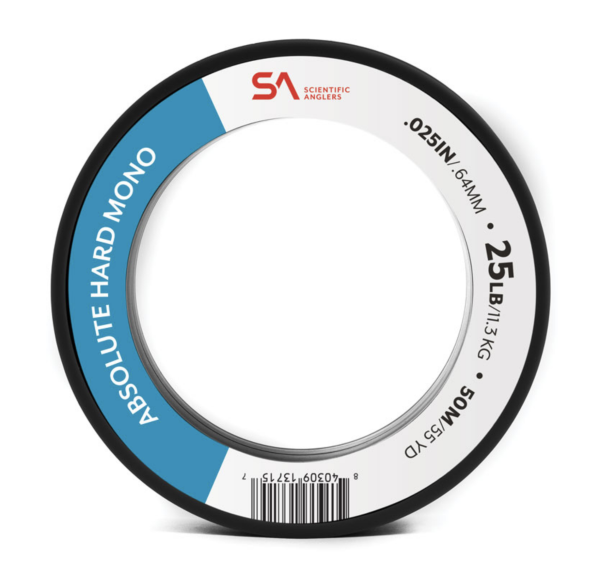
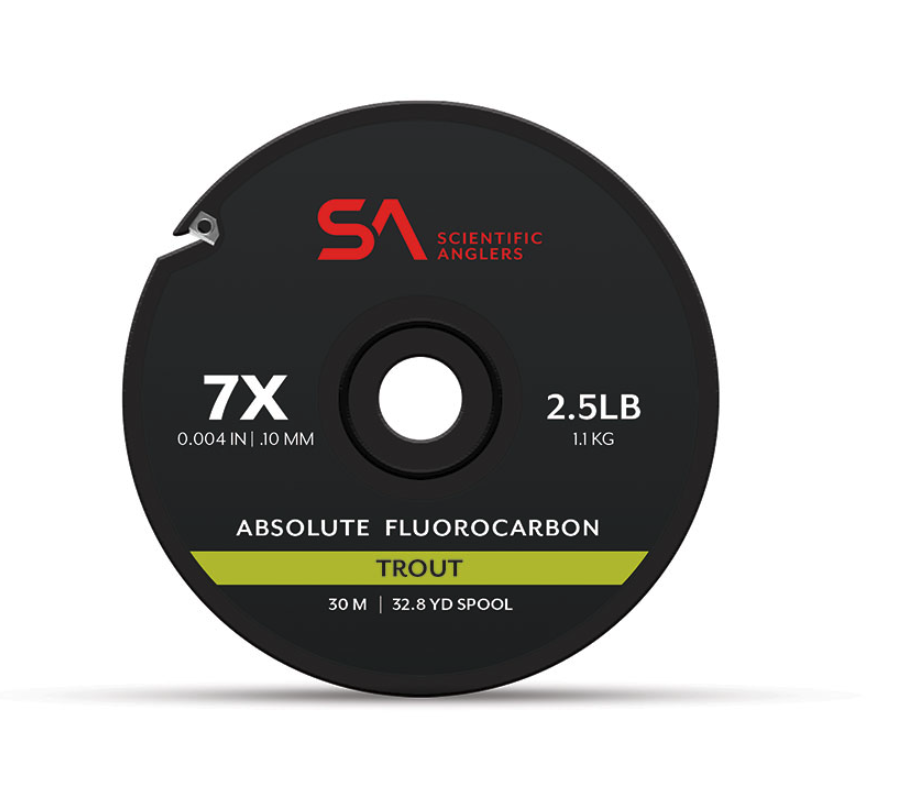
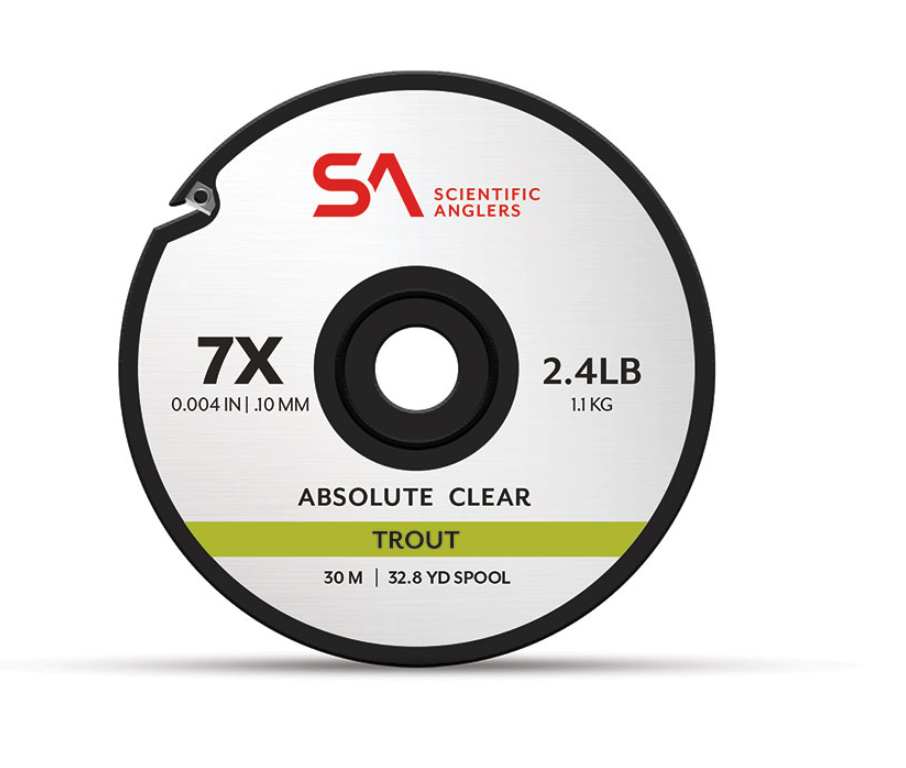



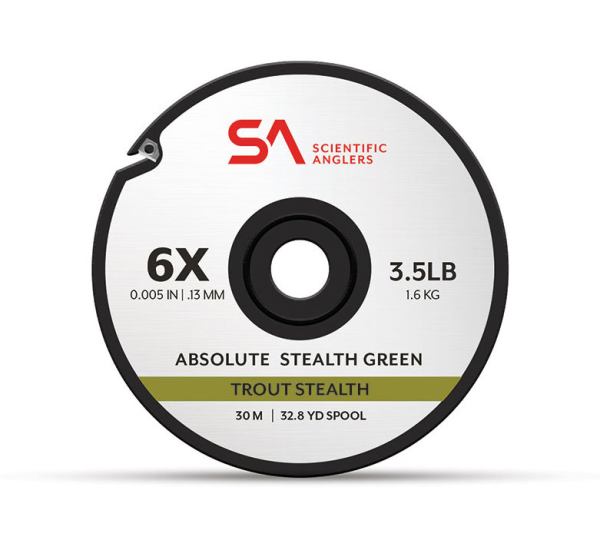
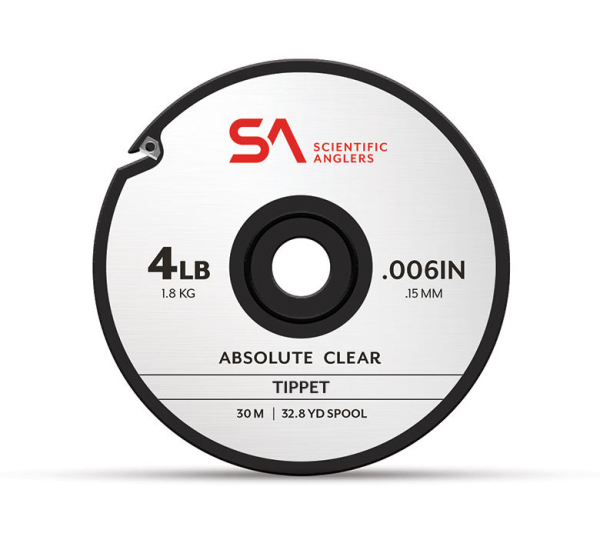
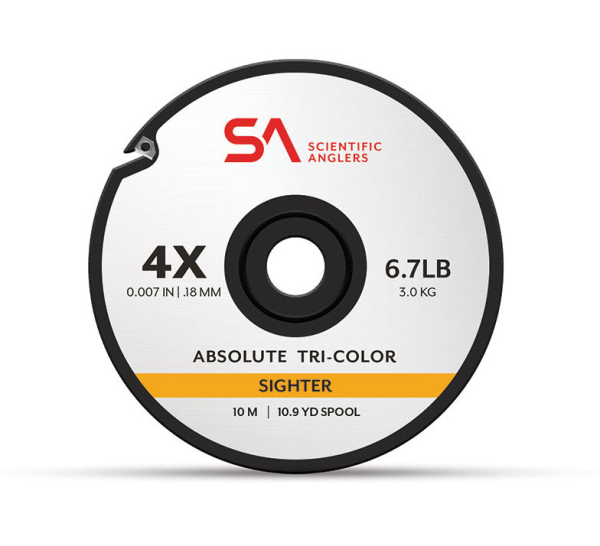
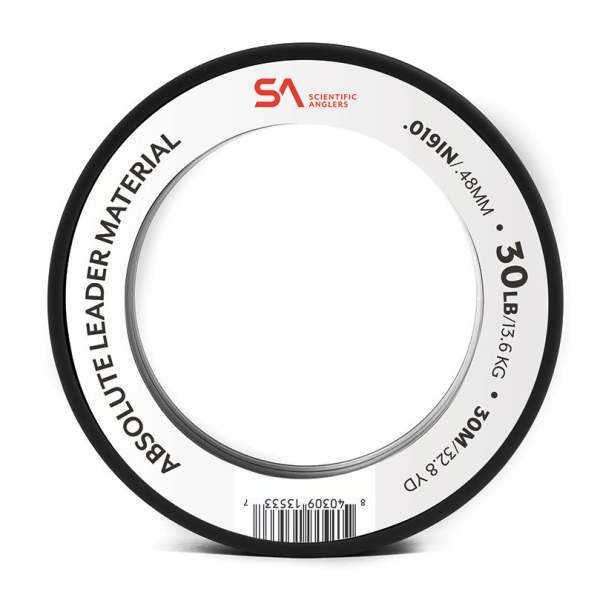
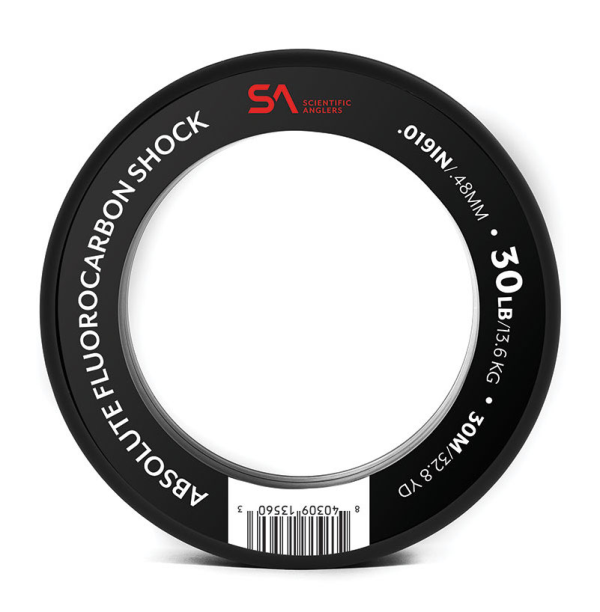
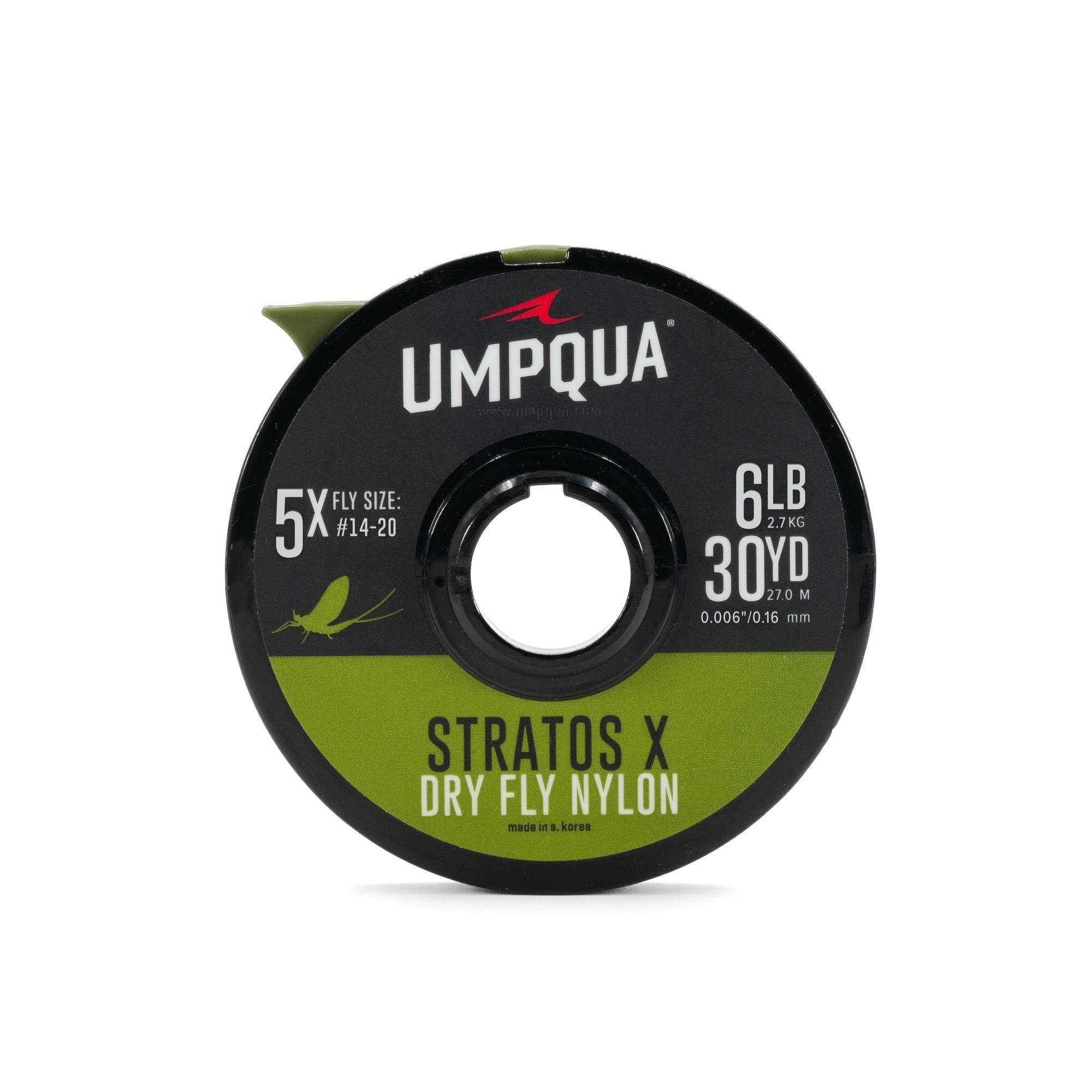






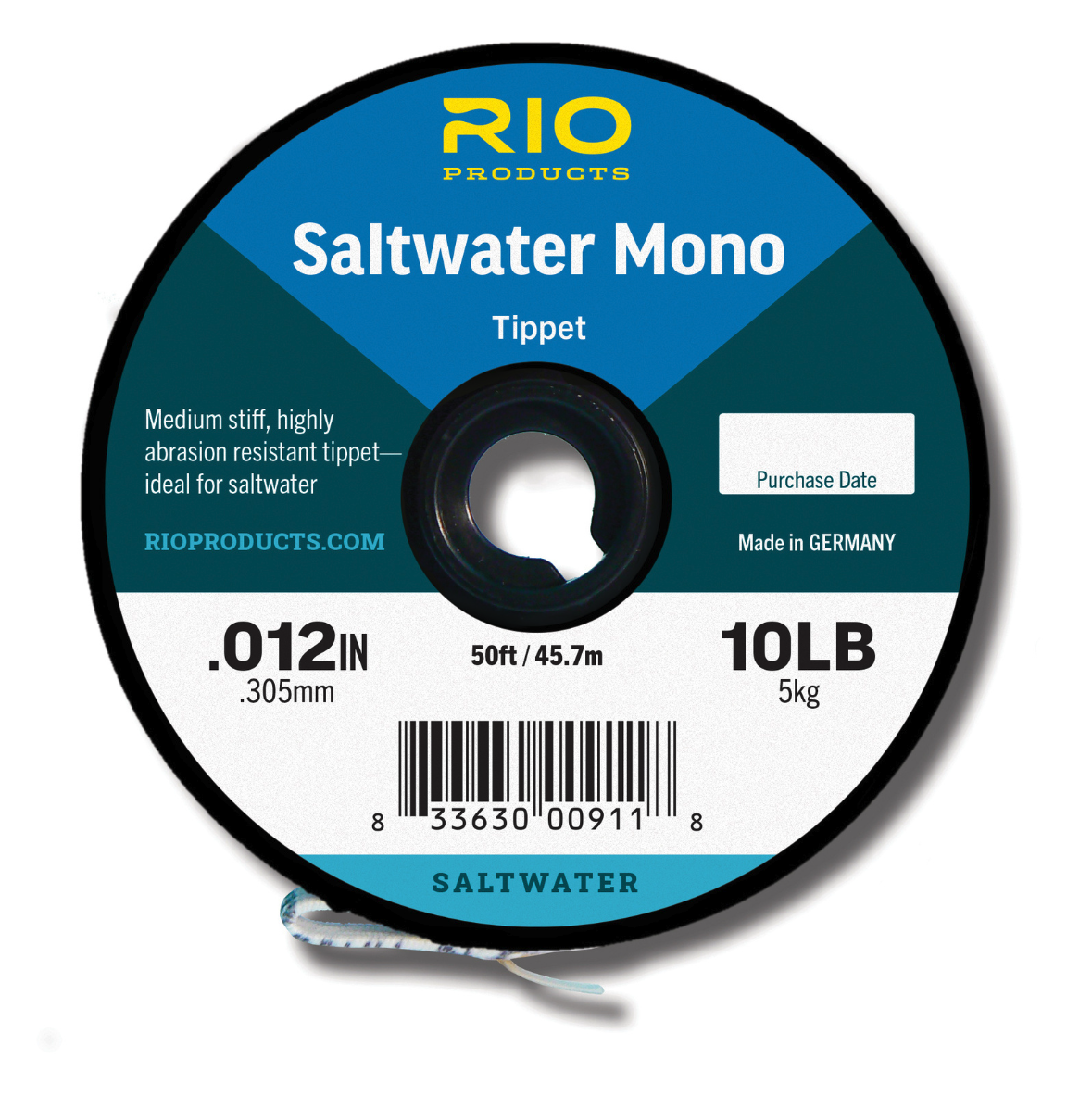
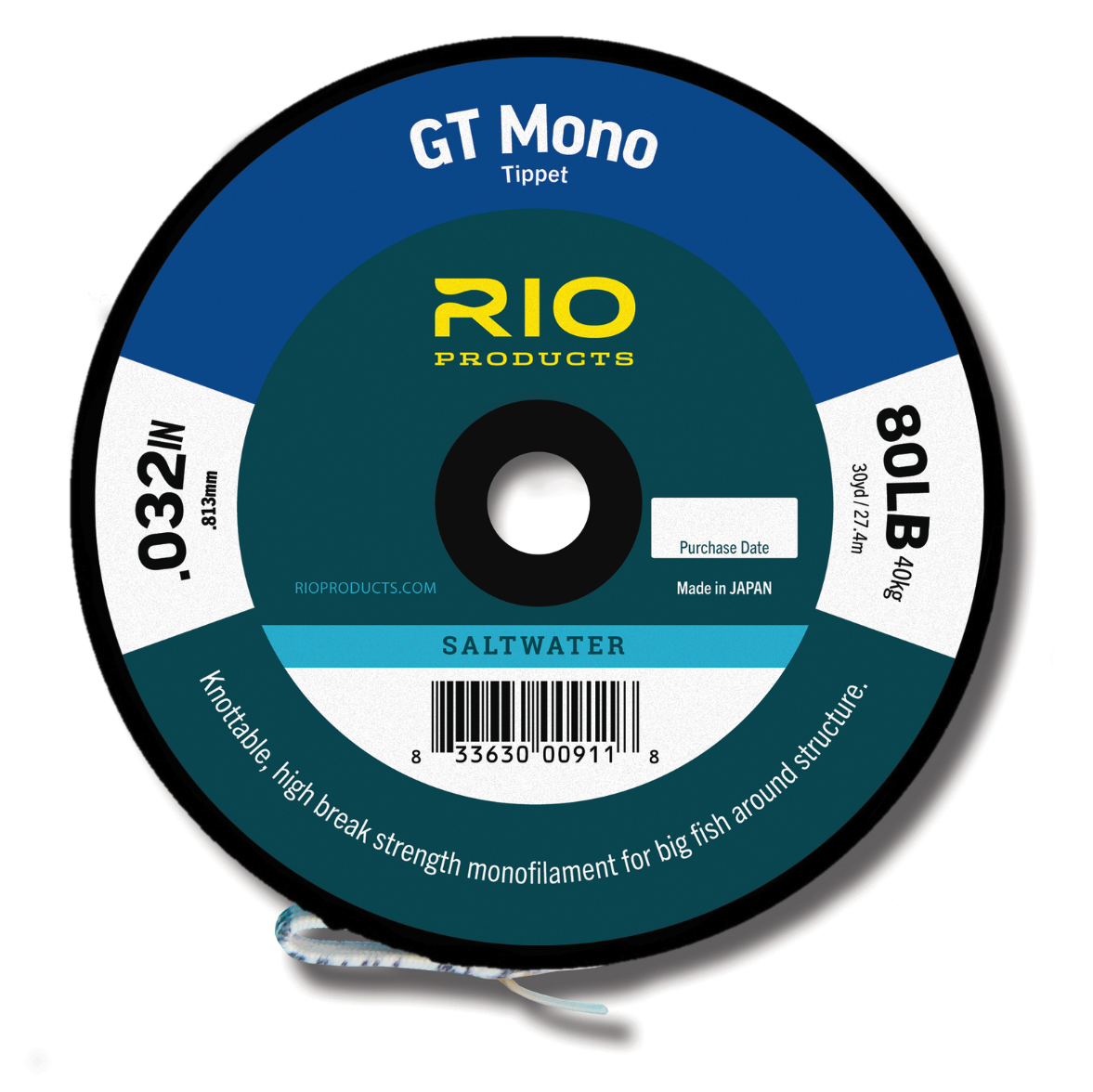
Complete your fly fishing rig with quality tippet and wire from The Fly Fishers Fly Shop. Whether you’re casting delicate dry flies or chasing toothy predators, the right tippet material is essential for strong knots, stealthy presentations and reliable performance on the water.
Searching for the best fly fishing tippet? We carry a full range of tippet for fly fishing, including nylon and fluorocarbon options, perfect for different fishing conditions. From fine-diameter fly tippet for spooky trout to durable wire for pike and musky, our selection covers every angler’s needs.
Fluorocarbon tippet offers excellent abrasion resistance and low visibility underwater, making it ideal for clear water and wary fish. At The Fly Fishers, you’ll find fluorocarbon fly line, tippet and specialty tippets designed for everything from trout fishing to saltwater adventures.
Upgrade your gear with top-quality fly fishing tippet for sale from The Fly Fishers Fly Shop. Shop online today and discover why anglers trust us for the best tippet material, expert advice and high-quality fly fishing supplies.
| Tippet Diameter (in) | Tippet Size |
|---|---|
| .003 | 8X |
| .004 | 7X |
| .005 | 6X |
| .006 | 5X |
| .007 | 4X |
| .008 | 3X |
| .009 | 2X |
| .010 | 1X |
| .011 | 0X |